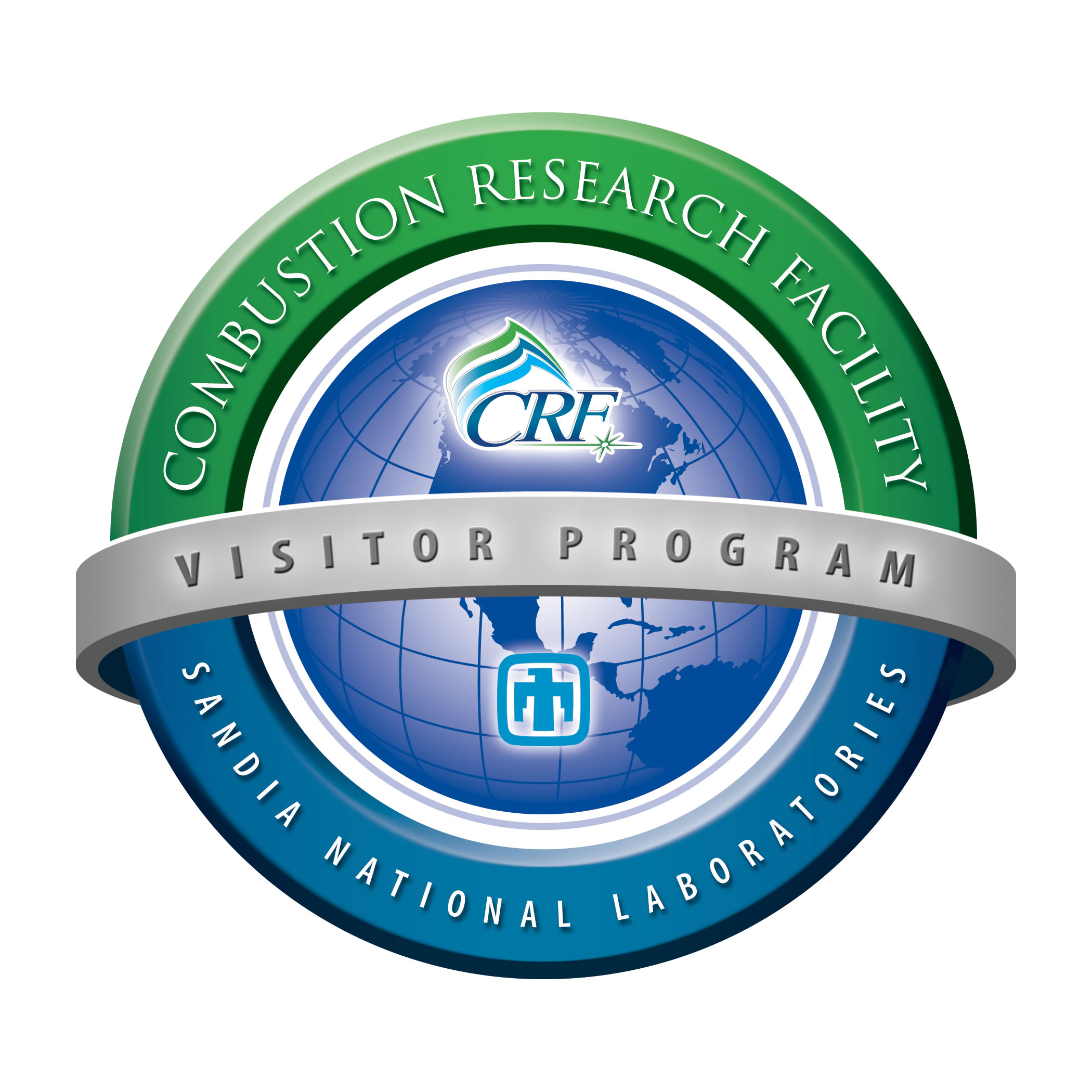
Many of the students and faculty visiting the CRF under the DOE Office of Science Workforce Development for Teachers and Scientists (WDTS) program returned to their universities in August. To learn more about their work at the CRF, click on the links below.
- Samira Iqbal, 6/2/14 – 8/7/14, Host: Ethan Hecht
- Brittany Hagler, 6/2/14 – 8/7/14, Host: Habib Najm
- Emmanuel Valenton, Host: Rob Barlow
- Pritvi Raj Kumar, 6/2/14 – 8/7/14, Host: Jeremy Templeton
- Kathryn Dahlgren, 6/2/14 – 8/14/14, Host: Bert Debusschere
- Eduardo Valle, 6/16/14 – 8/22/14, Host: Carl Hayden
- Ashley Scully, 6/16/14 – 8/22/14, Host: Lenny Sheps
- Jennie Guzman, 6/16/14 – 8/22/14, Host: Dave Chandler
- Terry Peng, 6/23/14 – 8/29/14, Host: Rob Barlow
- Alexander Delzell, 6/23/14 – 8/29/14, Host: Dave Chandler
Trevor Jackson
5/19/14 – 8/7/14
Host: John Dec
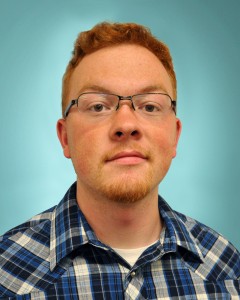
As a CRF summer intern working under John Dec, Trevor Jackson designed and validated a 0/1-dimensional model of the Sandia low-temperature gasoline combustion (LTGC) research engine to simulate its operating performance with the GT Power software package. After building the model, Trevor ran test simulations and compared model output to experimentally measured values over a range of conditions. Trevor then identified the sources of discrepancies and enhanced the model to better match the experiments. He has now returned to Texas A&M to complete his senior year.
Andrea Gruber
10/21/13 – 8/14/14
Host: Jackie Chen
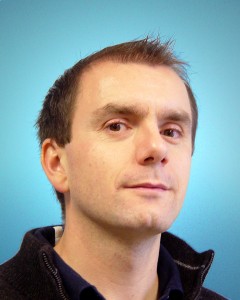
A senior researcher at SINTEF, the largest independent research center in Scandinavia, Andrea Gruber spent the past nine months at the CRF working with Jackie Chen and her research group on direct numerical simulation (DNS) of turbulent reactive channel flow, exploiting high-performance petascale supercomputers at Oak Ridge National Laboratory. The researchers shed light on the physical mechanisms and rate-controlling processes behind boundary layer flashback of turbulent premixed flames—work that can lead to the design of stationary gas turbines that intrinsically prevent upstream flame propagation along the wall from the flame stabilization ‘design’ position towards the premixed section of the burner.
Specifically, the researchers discovered reverse-flow pockets immediately upstream of the turbulent flame brush in the viscous region of the boundary layer, explained their insurgence, and showed their impact on the flashback velocity of the entire turbulent flame front. In so doing, they invalidated one of the main assumptions behind a previously developed model. In collaboration with postdoc Damir Valiev and Professor Chung Law from the Combustion Energy Frontier Research Center and with former Sandian Alan Kerstein, the researchers developed a new model that predicts the average flame shape during premixed flame flashback in turbulent boundary layers.
Evatt Hawkes and Alex Krisman
7/21/14 – 8/15/14
Host: Jackie Chen
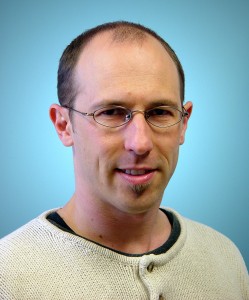
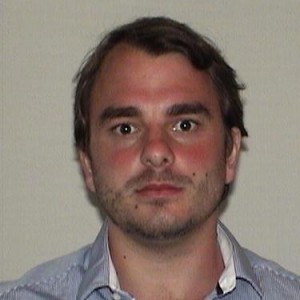
Former Sandia postdoc and frequent CRF visitor Evatt Hawkes, now associate professor at the University of New South Wales in Sydney, Australia, came to the CRF this summer with his PhD student Alex Krisman to collaborate with Jackie Chen, Hemanth Kolla, and postdoc Ankit Bhagatwala. The group sought to improve the understanding of autoignition dynamics for multiple-stage ignition fuels at high pressure in sheared turbulence, a problem relevant to lifted diesel jet flame stabilization. To this end, the team performed direct numerical simulation (DNS) of a canonical configuration: a turbulent n-heptane slot jet undergoing autoignition and flame propagation at 40 atm in heated ambient air. Preliminary simulation results reveal the development of edge flames emanating from localized high-temperature autoignition kernels, which subsequently propagate into reactive regions with low-temperature ignition intermediates.
Jiankun Shao (JK)
6/9/14 – 8/28/14
Host: Habib Najm
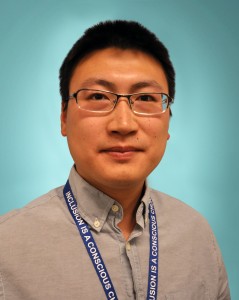
In between finishing his Master’s degree in mechanical engineering from the University of Wisconsin in the spring and starting his PhD at Stanford in the fall, Jiankun Shao spent the summer at the CRF working with Habib Najm and postdoc Mohammad Khalil. Jiankun implemented algorithms in C++ for statistical calibration of chemical models based on published data and then demonstrated the resulting code with numerical experiments on a model problem for methane-air ignition. Khalil is now using the code as a base for his ongoing work on this problem.
Grace Yee
6/30/14 – 8/15/14
Host: Joe Pratt
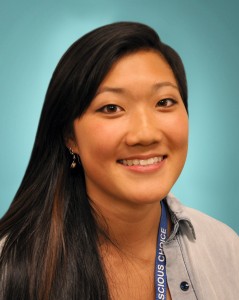
On summer break from her undergraduate education at Carnegie Mellon, Grace Yee helped Joseph Pratt and Brian Somerday work on a project aimed at reducing the cost of materials for hydrogen refueling stations. Grace undertook the task of creating an initial inventory of all the materials used in a working real-world hydrogen station, collaborating with California State University, Los Angeles. The resulting inventory—the only known resource of all the materials used in an actual hydrogen station—will prove extremely valuable in assessing cost-reduction potential by switching to alternative materials.
Arnas Lucassen
3/26/12 – 8/13/14
Host: Nils Hansen
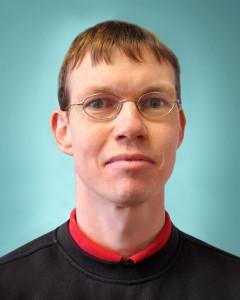
Postdoc associate Arnas Lucassen collaborated with Nils Hansen to provide validation targets for developing multiple-scale combustion chemistry models for next-generation biofuels. Specifically, Arnas conducted experiments on the chemical structures of flames fueled by various pentanol isomers. To study the oxidation of these fuels under low-temperature conditions, Arnas developed a jet-stirred reactor with molecular-beam sampling capabilities and mass-spectrometry detection. He has now joined the group of former Sandia-postdoc Professor Ravi Fernandes at the Physikalisch-Technische Bundesanstalt in Braunschweig, Germany.
Cyril Crua
7/1/14 – 8/29/14
Host: Lyle Pickett
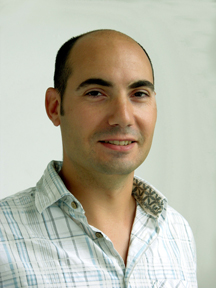
Cyril Crua, a professor at the University of Brighton in the UK, collaborated with Lyle Pickett and Julien Manin this summer to better understand how elevated pressure and temperature affects fuel spray structure. Cyril used high-speed optical microscopy with improved spatial resolution to track individual ligaments and droplets of various fuel types while varying the pressure and temperature within a spray chamber. The change in liquid structure as these parameters are varied, and whether or not the liquid-gas interface exhibits surface tension, fundamentally affects fuel mixing rates and combustion.
Caitlin Montcrieffe
6/23/14 – 8/28/14
Dave Chandler
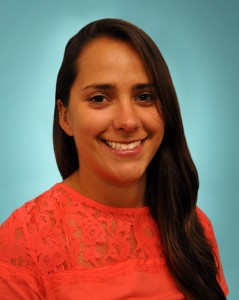
Following her undergraduate research with Professor Jennie Guzman while studying physics at California State University, East Bay, Caitlin Montcrieffe undertook a student internship at the CRF this summer to work with Professor Guzman (also a CRF visitor), Dave Chandler, and postdoc Lori Culberson. The team studied the use of the velocity-mapped ion imaging technique—developed at Sandia for measuring low velocity molecules and ions—to better understand its application to high-resolution spectroscopy.
As part of the team’s exploration of the effect of magnetic fields on krypton (Kr) atom spectroscopy and detection, Caitlin designed and built magnetic coils that produce uniform and predictable magnetic fields. The study demonstrated that the velocity-mapped ion imaging experiment can quantitatively measure atomic transition frequency and linewidth with approximately 3 MHz resolution in the visible spectrum—better resolution than the best commercial wavemeter.